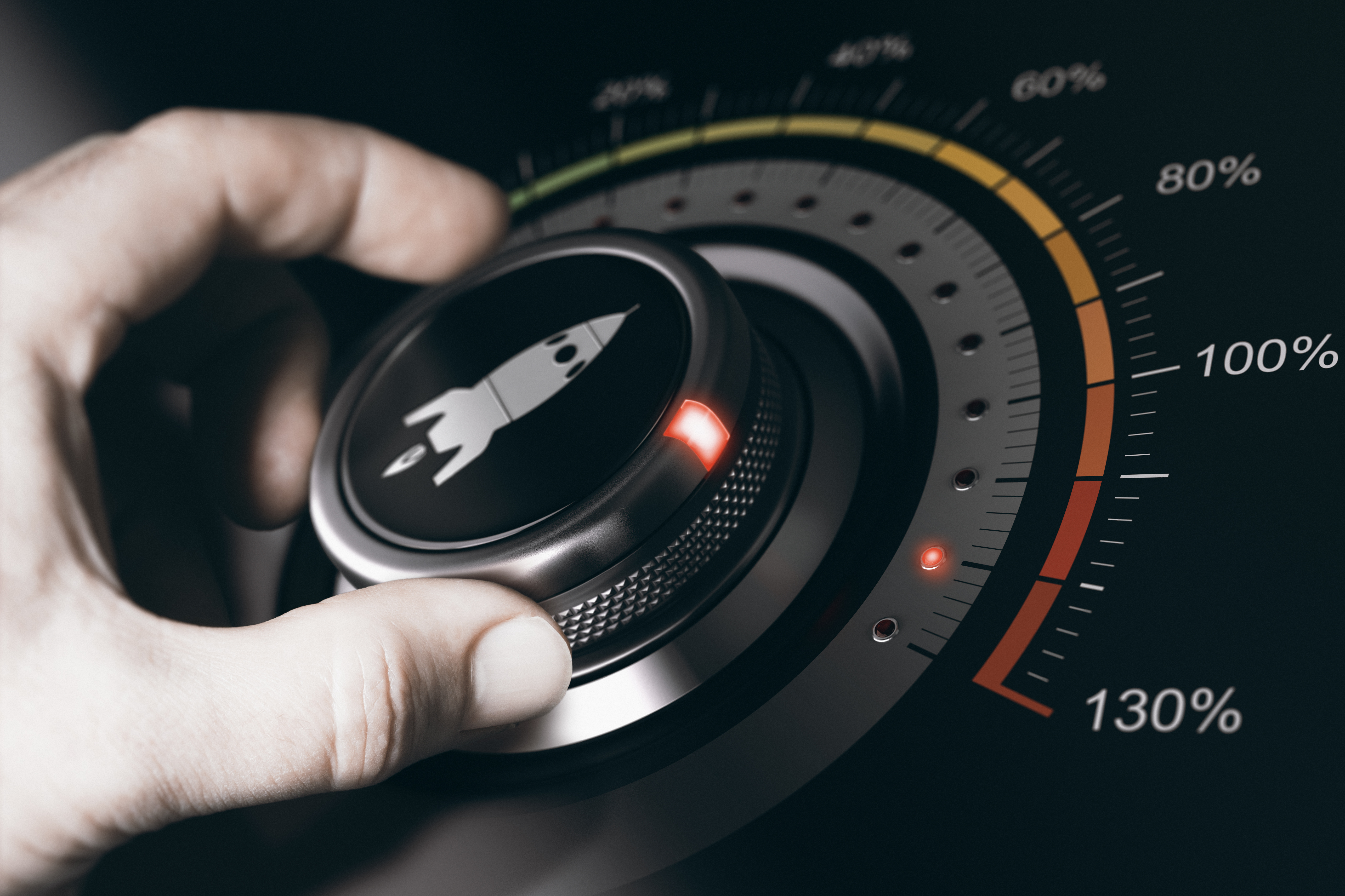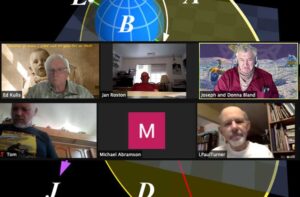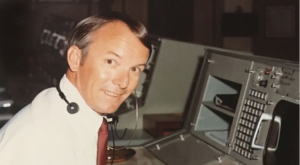1.75 hours to the moon!
The concept of 1 g acceleration providing a comfortable environment for travel is enticing. But even if you have the energy it’s not so clear where you get the propellant throw mass.
Assuming acceleration is constant, d=(1/2)at2
“>𝑑=(1/2)𝑎𝑡2d=(1/2)at2
. So plotted over time, distance traveled is a nice parabola.
If you want the time it’d take for a specific distance, it’s easy to manipulate
d=(1/2)at2
“>𝑑=(1/2)𝑎𝑡2d=(1/2)at2.
t=2d/a
“>𝑡=2𝑑/𝑎‾‾‾‾√t=2d/a
If you’re using meters and seconds as your units, a=9.8meters/sec2
“>𝑎=9.8𝑚𝑒𝑡𝑒𝑟𝑠/𝑠𝑒𝑐2a=9.8meters/sec2
To travel half the distance to the moon would take about 1.75 hours. The other half distance spent decelerating would take the same amount of time.



